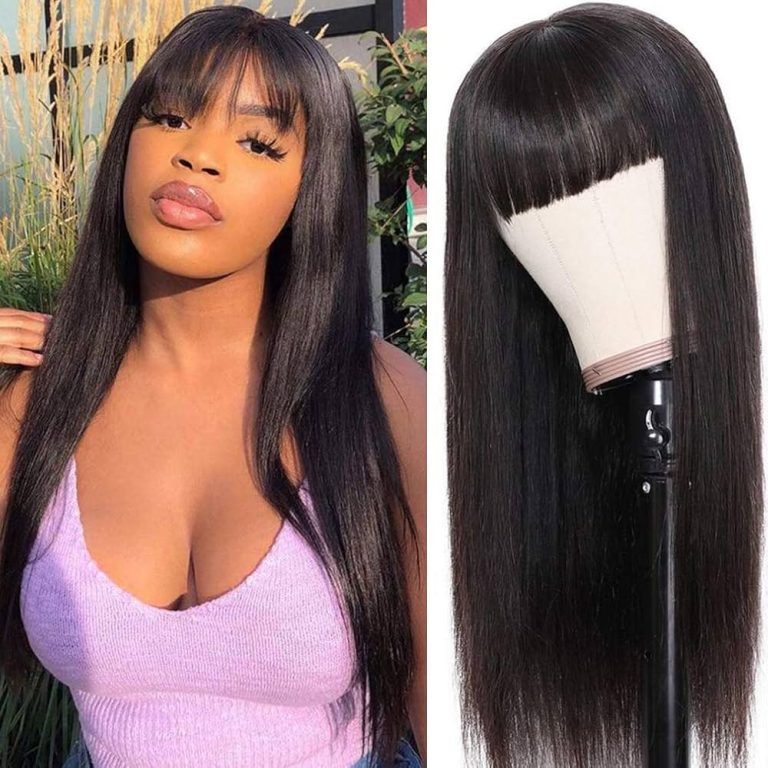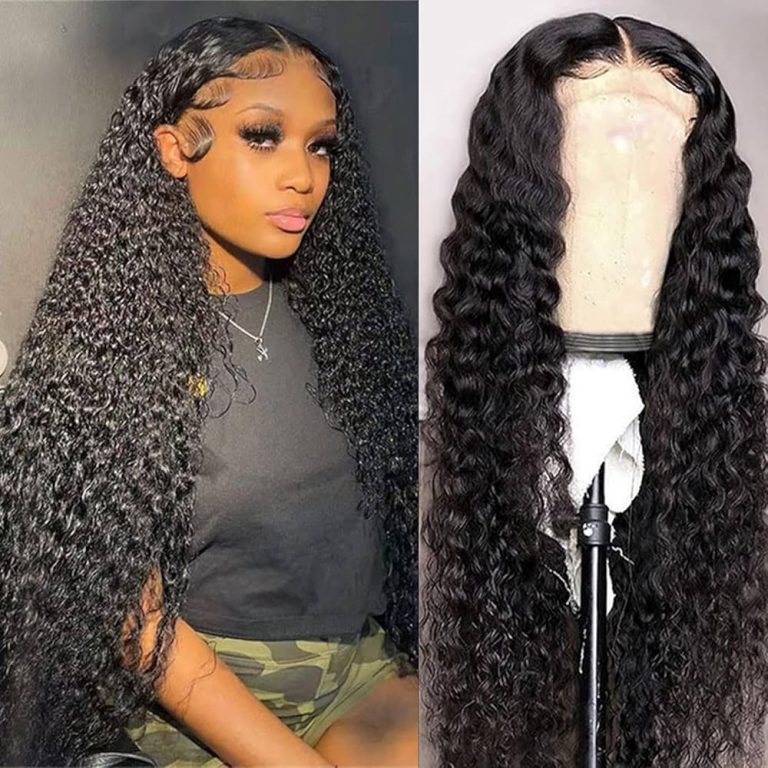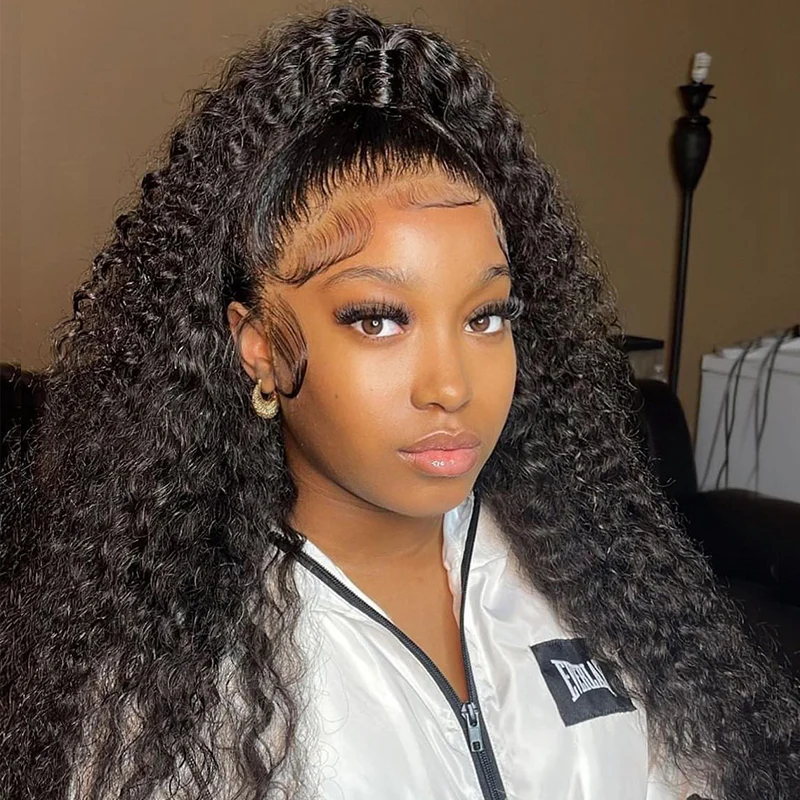
Curly Wig Styles: Embracing Voluminous Beauty
The Allure of Curly Wigs
Curly wig styles have captured the hearts of fashion enthusiasts and hair lovers worldwide. These versatile hairpieces offer an instant transformation, allowing wearers to embrace voluminous, bouncy locks without committing to permanent styling or damaging their natural hair. Curly wigs come in a variety of textures, lengths, and colors, catering to diverse preferences and needs. From tight coils to loose waves, these wigs provide options for everyone seeking to enhance their look or try something new.
Additionally, curly wig styles offer a solution for those experiencing hair loss or thinning, boosting confidence and self-esteem. The popularity of curly wigs stems from their ability to add dimension and life to any hairstyle, creating a bold and eye-catching appearance. Moreover, advances in wig technology have made modern curly wigs more natural-looking and comfortable than ever before. With proper care and maintenance, these wigs can last for months, making them a cost-effective beauty investment. Whether for daily wear, special occasions, or as part of a comprehensive hair care routine, curly wigs continue to dominate the beauty scene with their versatility and charm.
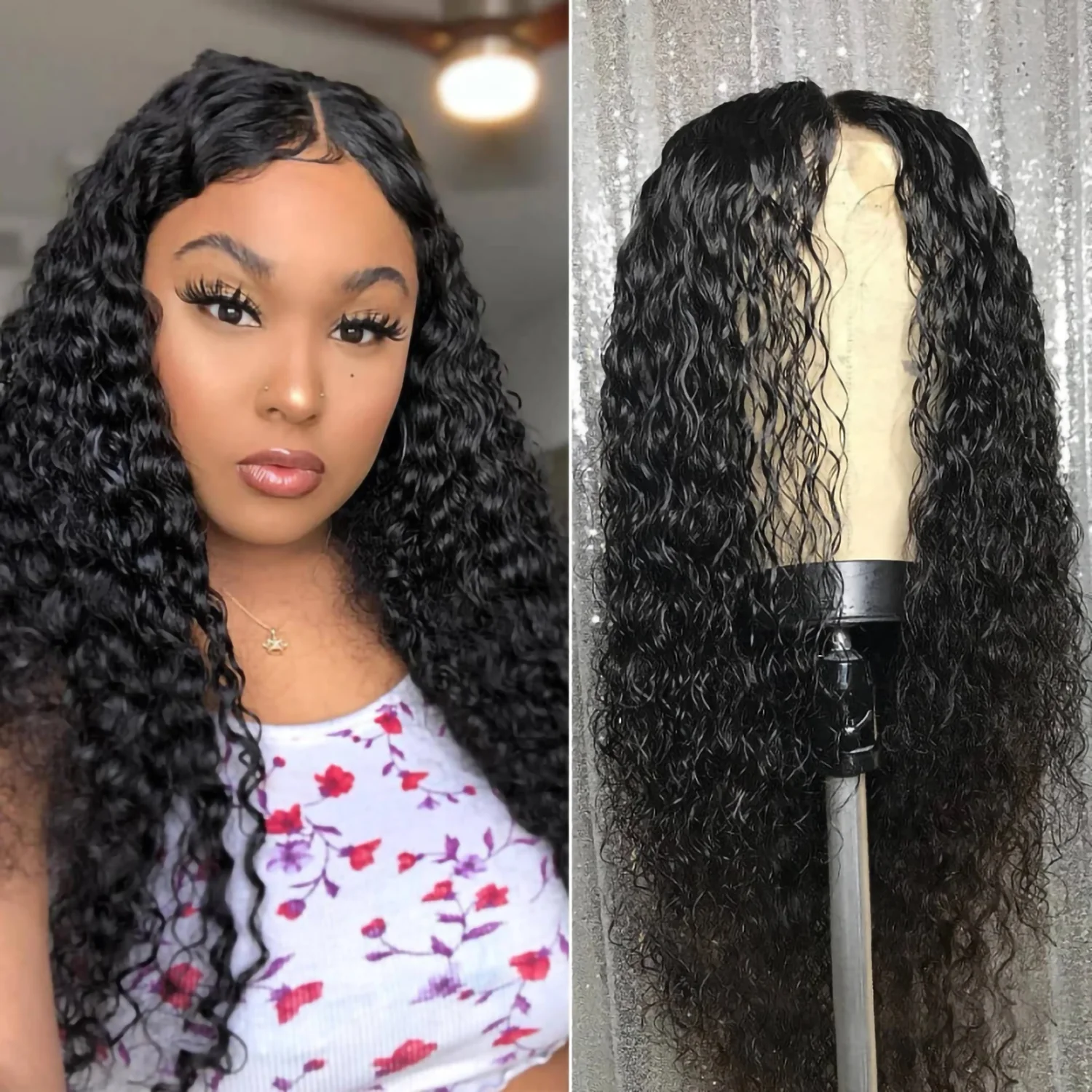
Types of Curly Wigs: From Tight Coils to Loose Waves
Curly wigs come in an array of textures and curl patterns, each offering a unique look and feel. Tight coil wigs mimic the appearance of type 4 hair, featuring small, springy curls that create a bold and voluminous style. These wigs are perfect for those seeking an Afro-textured look or wanting to embrace their natural curl pattern. Moving along the curl spectrum, kinky curly wigs provide a slightly looser curl pattern while maintaining fullness and body.
Spiral curl wigs offer a more defined, corkscrew-like pattern, ideal for those who want a glamorous, bouncy look. For a softer appearance, loose curl wigs feature larger, more relaxed curls that flow beautifully and frame the face. Wavy wigs round out the curly wig category, offering gentle, beachy waves that provide movement and texture without overwhelming volume. Each type of curly wig requires specific care and styling techniques to maintain its unique pattern and appearance. Factors such as hair fiber type, cap construction, and styling versatility also vary among these different curly wig styles. Understanding these variations helps wearers choose the perfect curly wig to suit their desired look and lifestyle.
Lace Front Curly Wigs: Achieving a Natural Hairline
Lace front curly wigs have revolutionized the wig industry by offering a seamless, natural-looking hairline. These wigs feature a sheer lace panel at the front, which allows for the illusion of hair growing directly from the scalp. The lace can be customized to match the wearer’s skin tone, further enhancing the natural appearance. Lace front curly wigs provide versatility in styling, allowing for various parting options and the ability to pull the hair away from the face without revealing the wig cap. This feature makes them particularly popular for those seeking a more realistic look.
The curls in lace front wigs can be styled and manipulated to create different looks, from sleek updos to voluminous, free-flowing styles. Additionally, many lace front curly wigs come pre-plucked and with baby hairs, mimicking the natural hairline’s subtle imperfections. These wigs require careful application and maintenance to preserve the delicate lace and ensure longevity. Proper care includes gentle cleansing, avoiding excessive heat styling, and storing the wig correctly when not in use. With their ability to provide a natural-looking hairline and versatile styling options, lace front curly wigs continue to be a top choice for wig enthusiasts seeking authenticity and flexibility in their hairstyles.
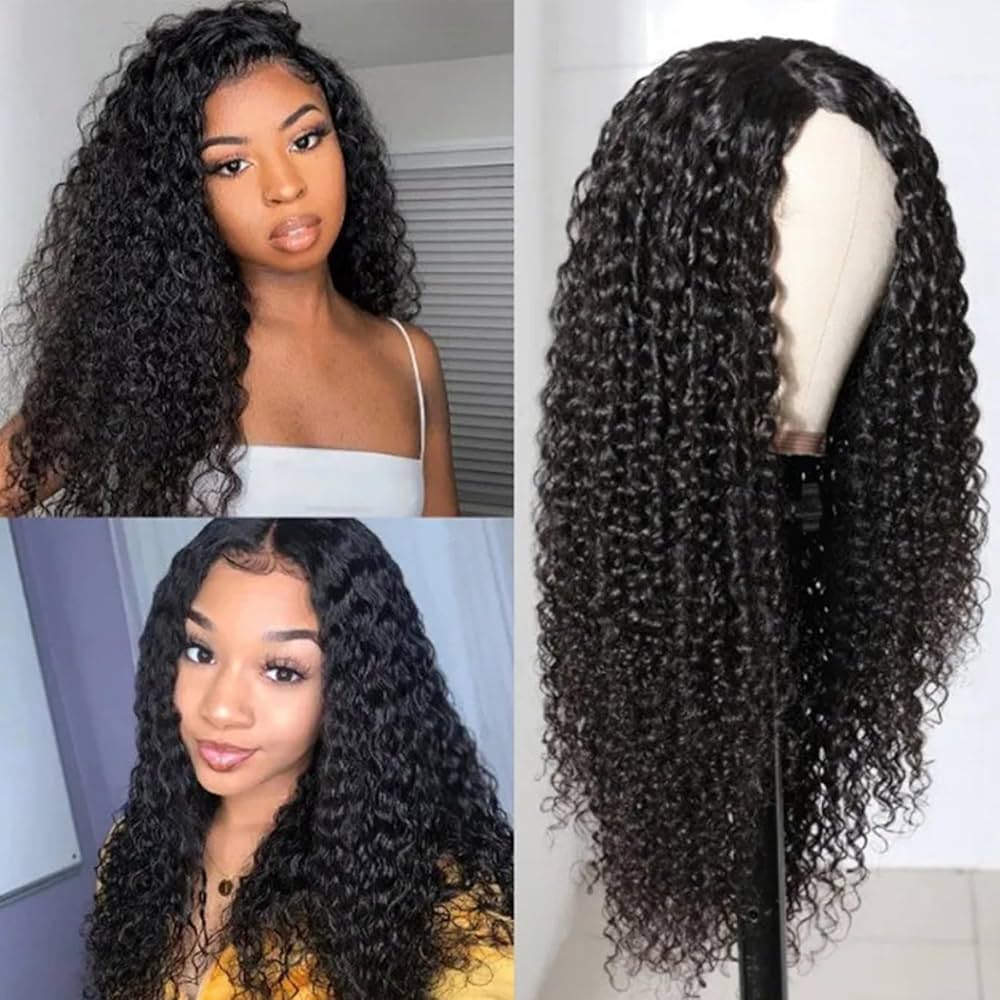
Styling Curly Wigs: Tips and Techniques
Styling curly wigs requires specific techniques to maintain their bounce and definition while achieving desired looks. First and foremost, always start with a well-moisturized wig to prevent frizz and breakage. Use a wide-tooth comb or your fingers to gently detangle the curls, working from the ends up to the roots. Avoid brushing, as this can disrupt the curl pattern and create unwanted frizz. For defined curls, apply a curl-enhancing product and scrunch the hair upwards towards the scalp. Diffusing on low heat can help set the curls and add volume.
To refresh curls between washes, use a water-based leave-in conditioner or curl refresher spray. For a more relaxed look, gently stretch the curls by twisting sections of hair and letting them air dry. Experiment with different parting styles to change up the wig’s appearance. Half-up, half-down styles and loose updos work well with curly wigs, showcasing the texture while keeping hair off the face. When styling, remember to work with the wig’s natural curl pattern rather than against it. Avoid over-styling or using excessive heat, as this can damage the wig fibers. With practice and patience, mastering these styling techniques will help maintain the wig’s beauty and extend its lifespan.
Maintaining Curly Wigs: Care and Longevity
Proper maintenance is crucial for preserving the beauty and longevity of curly wigs. Regular cleansing is essential, but frequency depends on how often the wig is worn. Use sulfate-free, wig-specific shampoos and conditioners to gently cleanse without stripping moisture. When washing, focus on the cap and roots, allowing the product to run through the lengths. Rinse thoroughly with cool water to help seal the cuticle and maintain shine. After washing, gently squeeze out excess water with a microfiber towel – never rub, as this can cause tangling and frizz.
Apply a leave-in conditioner to keep the curls moisturized and defined. Allow the wig to air dry on a wig stand, reshaping the curls with your fingers as it dries. Between washes, refresh the curls with a water-based spray and avoid over-manipulation. Protect the wig while sleeping by using a silk or satin bonnet or pillowcase to reduce friction and maintain curl definition. Store the wig on a wig stand when not in use to help maintain its shape. Avoid exposing the wig to excessive heat or harsh environmental conditions. With proper care and maintenance, a high-quality curly wig can last for several months to a year, depending on frequency of wear and care routine.
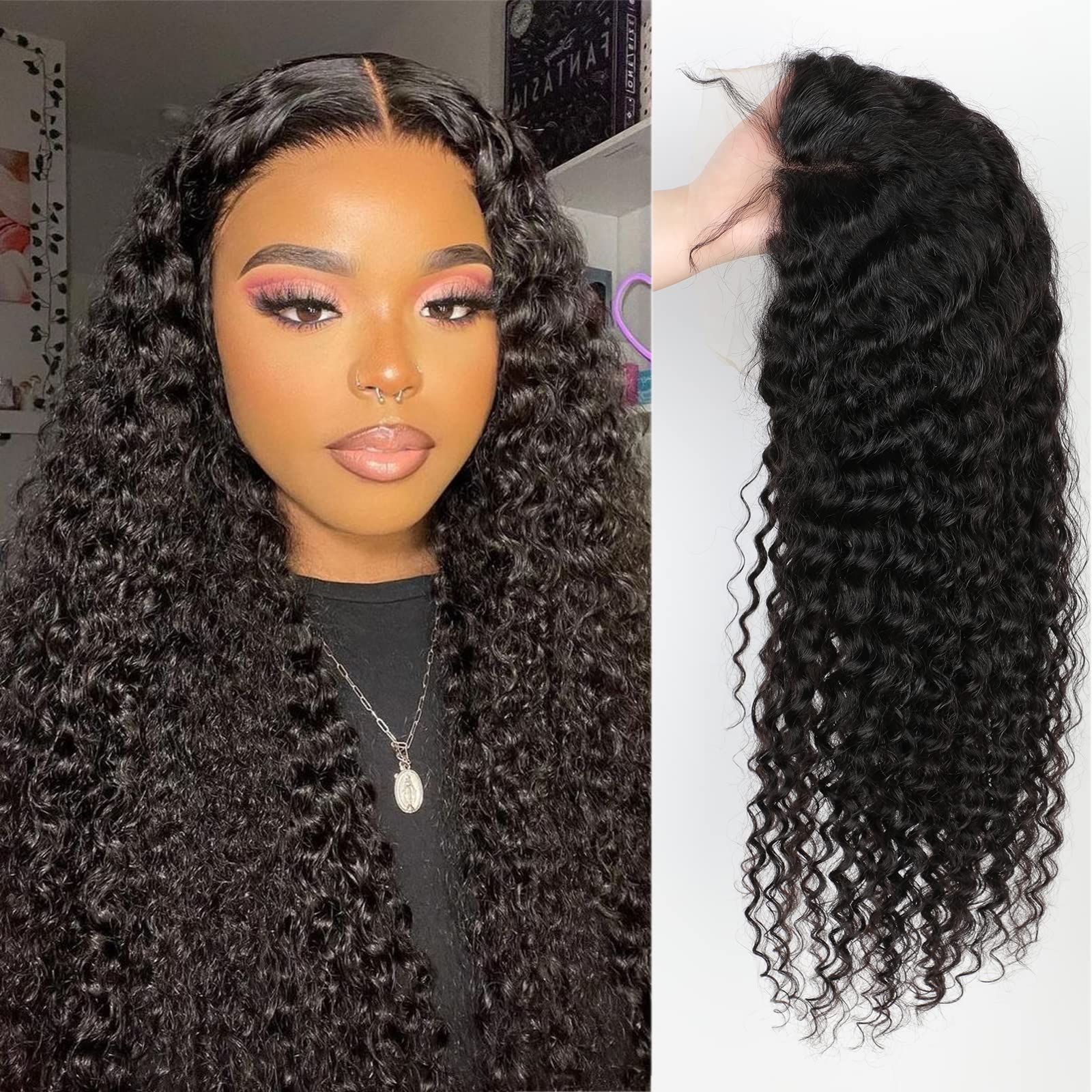
Choosing the Right Curly Wig: Factors to Consider
Selecting the perfect curly wig involves considering several key factors to ensure a flattering and comfortable fit. First, determine the right size by measuring your head circumference and comparing it to the wig’s cap size. Next, consider the length and volume of the curls – shorter styles may be easier to manage, while longer curls offer more styling versatility. The density of the wig also plays a role in its appearance and comfort; choose a density that complements your face shape and personal style. Color selection is crucial; opt for shades that enhance your skin tone and blend with your natural coloring for a seamless look.
Consider the wig’s construction – full lace wigs offer the most styling flexibility, while lace front wigs provide a natural hairline at a lower cost. The type of hair fiber used in the wig affects its appearance and maintenance needs; human hair wigs offer the most natural look and styling versatility but require more care, while synthetic wigs are lower maintenance but may have a shorter lifespan. Additionally, consider the wig’s intended use – daily wear may require a more durable and easy-to-style option, while special occasion wigs can be more elaborate. Finally, factor in your budget and lifestyle when making your selection. By carefully considering these factors, you can choose a curly wig that enhances your appearance and boosts your confidence.
Blending Curly Wigs with Natural Hair
For those with natural hair, blending a curly wig seamlessly can create a flawless, natural-looking hairstyle. Start by preparing your natural hair – detangle, moisturize, and braid or twist it flat against your scalp. This creates a smooth base for the wig and helps protect your natural hair. Choose a wig with a texture and curl pattern similar to your natural hair for the most authentic blend. If your hair’s texture differs significantly from the wig, consider using a leave-out method, where a small section of your natural hair is left out around the hairline to blend with the wig. Use edge control or styling gel to lay down baby hairs and create a seamless transition between your hairline and the wig.
For a more natural look, pluck the wig’s hairline to mimic the slightly irregular pattern of a natural hairline. If the wig is significantly different in color from your natural hair, use temporary hair color or eyeshadow to tint your baby hairs and create a gradual color transition. When styling, incorporate some of your natural hair into the wig for added authenticity. This technique works particularly well with lace front or full lace wigs. Remember, blending takes practice and patience. Experiment with different techniques and products to find the method that works best for your hair type and the specific curly wig you’re wearing.
Curly Wig Styles Trend: From Classic to Contemporary
Curly wig trends continue to evolve, offering exciting options for wig enthusiasts. Classic styles like the shoulder-length bob with loose curls remain popular for their versatility and timeless appeal. However, contemporary trends are pushing boundaries and embracing more diverse textures and styles. Voluminous, big hair is making a comeback, with many opting for long, wild curls that exude confidence and drama. On the other hand, short curly pixie cuts are gaining traction for their edgy, low-maintenance appeal. Ombré and balayage color techniques have made their way into the curly wig world, offering dimension and depth to curly styles.
Natural-looking, undefined curls that mimic wash-and-go styles are becoming increasingly popular, catering to those seeking an effortless, authentic look. Textured bangs paired with curly wigs are also trending, adding a playful and youthful touch to various curly styles. In terms of texture, there’s a growing appreciation for diverse curl patterns, from tight coils to loose waves, reflecting the beauty of natural hair diversity. Color trends for curly wigs range from natural-looking hues to bold, vibrant shades, allowing for personal expression. As wig technology advances, these trends are likely to become even more diverse and innovative, offering endless possibilities for curly wig styles.
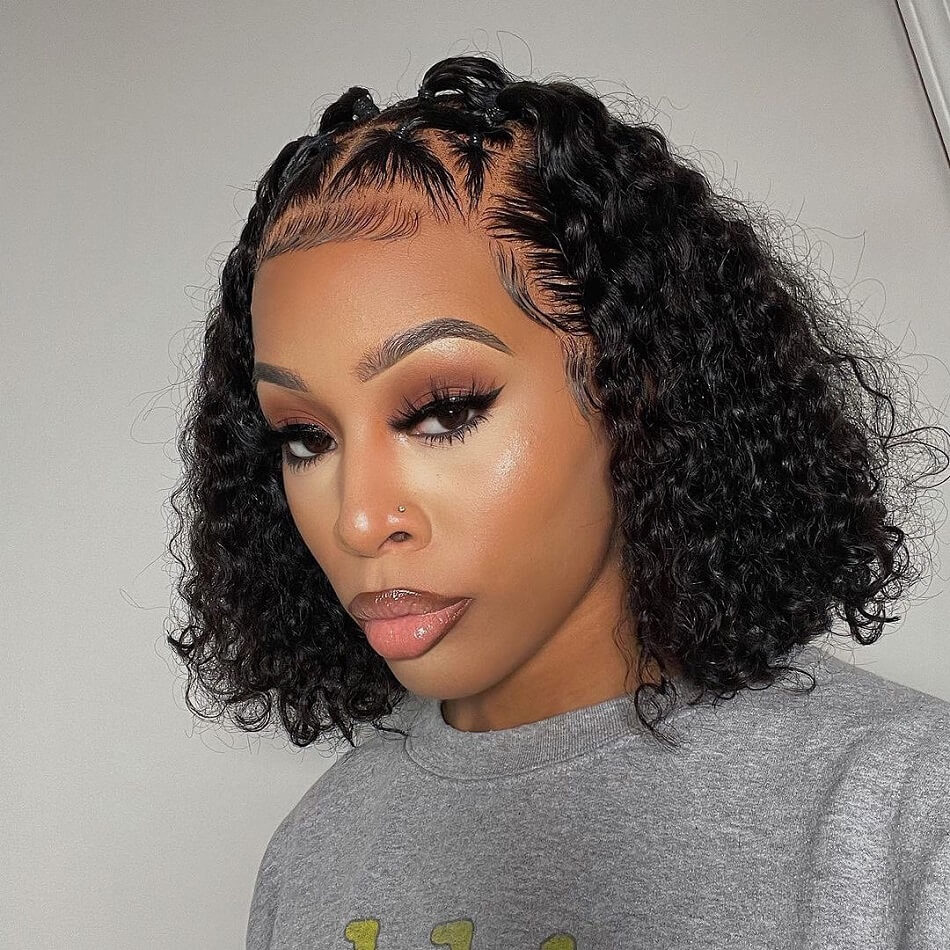
Curly Wig Styles for Different Face Shapes
Choosing a curly wig that complements your face shape can enhance your features and create a balanced, flattering look. For oval face shapes, most curly styles work well, from short pixie cuts to long, flowing curls. Those with round faces might opt for longer curly styles with volume at the crown to elongate the face. Side-swept bangs or a deep side part can add angles to soften roundness. Heart-shaped faces benefit from chin-length or longer curly styles that add width at the jawline. Curly bobs or lobs (long bobs) work particularly well for this face shape.
Square faces are beautifully complemented by soft, rounded curls that soften angular features. Avoid blunt cuts and instead opt for layers that frame the face. For diamond-shaped faces, curly styles with volume at the chin area balance out a narrow jawline. Shoulder-length curls or styles with side-swept bangs work well. Those with oblong faces should consider curly styles with volume at the sides to add width and balance facial proportions. Regardless of face shape, remember that confidence is key – choose a curly wig style that makes you feel comfortable and beautiful. Experimenting with different lengths, volumes, and partings can help you find the most flattering curly wig style for your unique features.
The Future of Curly Wigs: Innovations and Advancements
The world of curly wigs continues to evolve, with exciting innovations on the horizon. Advancements in wig construction are focusing on creating even more breathable and comfortable cap designs, addressing common concerns like itchiness and overheating. New synthetic fibers are being developed to mimic the look and feel of human hair more closely, offering the versatility of human hair wigs with the lower maintenance of synthetics. These fibers are becoming more heat-resistant, allowing for greater styling flexibility. In terms of customization, 3D printing technology is beginning to make its mark in the wig industry, potentially allowing for perfectly fitted wig caps and more natural-looking hairlines.
Color technology is also advancing, with new techniques for creating multi-dimensional colors and more natural-looking grays. Smart wigs, incorporating technology for health monitoring or augmented reality experiences, are in early development stages. Sustainability is becoming a focus, with efforts to create eco-friendly synthetic fibers and more sustainable production processes. As natural hair movements continue to gain momentum, wig manufacturers are likely to expand their range of textures and curl patterns to better represent diverse hair types. With these advancements, the future of curly wigs promises greater comfort, realism, and personalization, making them an increasingly attractive option for a wide range of consumers.
